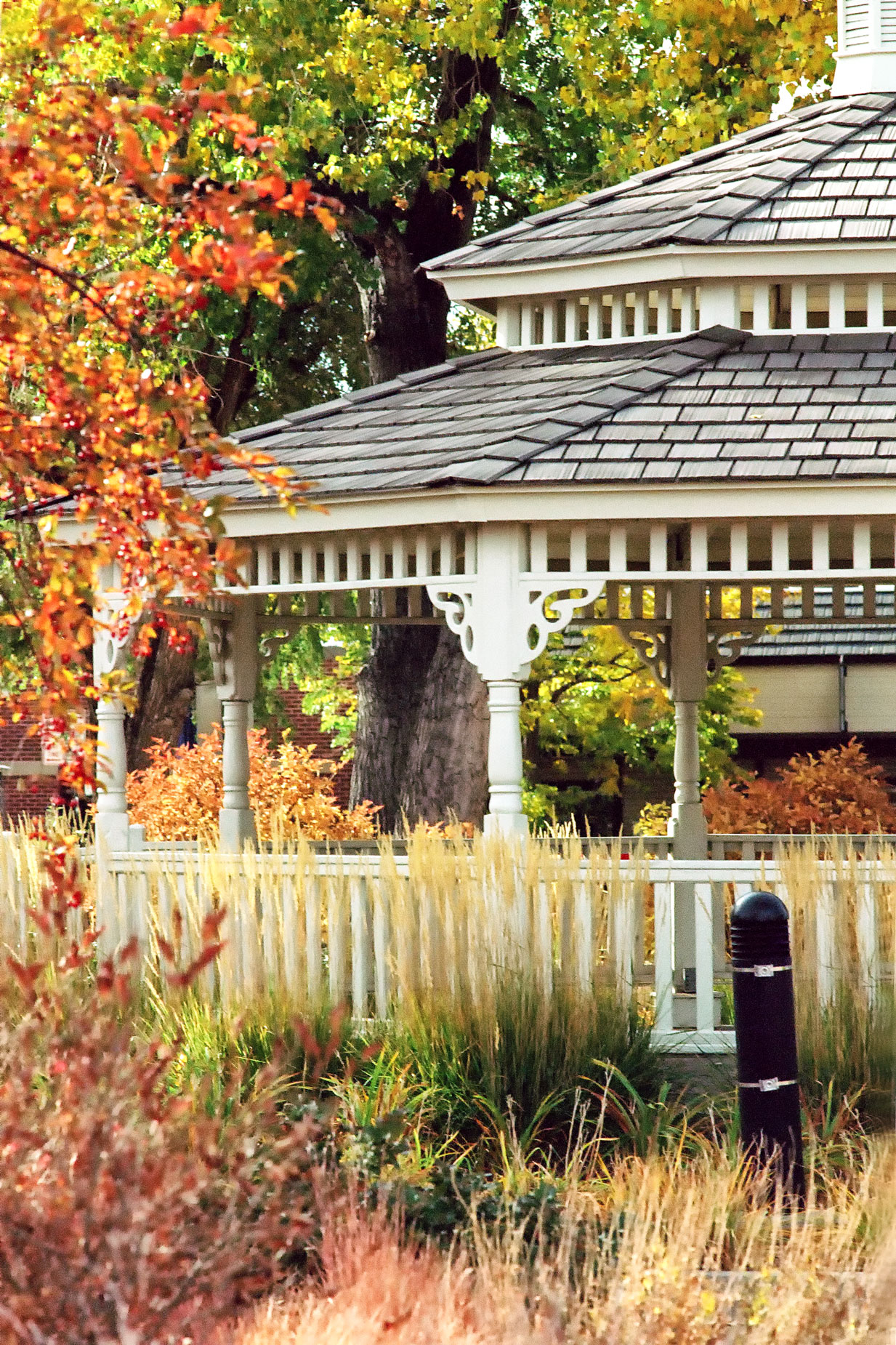Today’s Post by Joe Farace
Digital photography is a science, film is a chemical miracle—Steven Spielberg
If you’re new to film photography you may have a question about film’s latitude or more accurately what exposure latitude is.
Here’s my take:
 Latitude is the number of stops that a specific film stock can be overexposed or underexposed and still produce an acceptable result. Typically, slide (transparency) film has less latitude, while negative film has more. Having more latitude compensates for minor exposure errors while retaining some image quality. Latitude also depends on the film’s dynamic range a greater dynamic range lets you capture more details in the darker and lighter areas of a photograph. (Digital capture has it’s own version of latitude too and, if you are interested, I compare it with film in my post, Comparing Exposure: Film or Digital Capture.)
Latitude is the number of stops that a specific film stock can be overexposed or underexposed and still produce an acceptable result. Typically, slide (transparency) film has less latitude, while negative film has more. Having more latitude compensates for minor exposure errors while retaining some image quality. Latitude also depends on the film’s dynamic range a greater dynamic range lets you capture more details in the darker and lighter areas of a photograph. (Digital capture has it’s own version of latitude too and, if you are interested, I compare it with film in my post, Comparing Exposure: Film or Digital Capture.)
What anyone writing about film photography sometimes forget to say is that any measurement of exposure latitude is ultimately subjective and depends on your personal aesthetics and artistic choices. When I was teaching Basic Photography at Howard Community College in Columbia, Maryland back in the film era, I told my students that the proper exposure was “the one they liked.”

Push processing increases a film’s effective sensitivity by processing it longer than the manufacturer’s standard recommendations, sometimes in combination with higher temperatures. At its most basic level, this technique overdevelops the film, compensating for underexposure when shooting it at a higher than normally rated ISO. Pushed film usually looks grainier with more contrast and often fewer details may be visible in the highlight and shadow areas of the film. Why do it? One possibility is there’s not enough available light for hand holdable shutter speeds.
Pull processing film, on the other hand, typically produces cleaner-looking images producing less grain making the negatives more flexible for printing and post-processing for photographers using a hybrid film/digital workflow. Pulling film tends to mute an image’s colors and produces less contrast. Why do it? It’s a good technique to use in sunny, bright and high-contrast light because the reduced contrast can bring out more detail in the shadows.
Push or pull film processing is not some exotic process and most photo labs offer the service but usually charge a modest fee to do it. The Darkroom, for instance, charges three bucks per roll for push or pull processing.
Shooting Expired Film
I made the above photograph of one of my favorites subjects, the gazebo located in O’Brien Park in Parker, Colorado. The camera was my 37-year old Canon AE-1 Program and FD 50mm f/1.8 lens (exposure unrecorded) with a roll of Kodak Portra 160 that had an expiration date of 09/2003. I shot the film at its “box speed” of ISO 160. Film was processed and scanned by The Darkroom and you can see the straight-out-of-the-scanner scan at the top right. With a little adjustment in Photoshop and some additional tweaks in Vivenza, I produced the image at above left. It’s better, but not perfect. I could never get the color balance right to show the gazebo’s true white painted finish.
The process I used was not pushing or pulling film: There is a so-called rule for shooting expired film that states you should add one stop of exposure for each decade between when it expired and when it’s being exposed. Some people think this rule is wrong and that you are doing “yourself, your film and your subjects a disservice.” My experience with expired black and white film shows shooting it at ”box speed”—nobody ever called it that back in the film era but everybody does now—doesn’t seem to matter. I have tried this technique with color negative film—by cuting the ISO in half—and the results were impressive. So that’s my plan going forward with all the expired film that’s in my refrigerator,
If you would like to send me a roll of film to review or any other stuff that could be used for these posts and my videos you should send me an e-mail and I;ll get back to you with shipping address.